Introduction
In today’s digital age, LinkedIn stands as the leading professional networking platform, connecting millions of professionals, businesses, and job seekers worldwide. With over 900 million members in more than 200 countries, LinkedIn has transformed how people network, find jobs, and grow their careers. But how did LinkedIn become what it is today? What challenges did it face along the way, and what does the future hold? This blog explores the history, journey, and future prospects of LinkedIn.
The History of LinkedIn
The Birth of LinkedIn (2002-2003)
LinkedIn was founded in December 2002 by Reid Hoffman and a team of co-founders, including Allen Blue, Konstantin Guericke, Eric Ly, and Jean-Luc Vaillant. Hoffman, who had previously worked at PayPal, envisioned a platform that would help professionals build business relationships and find new career opportunities.
On May 5, 2003, LinkedIn officially launched, making it one of the earliest social networks. The initial growth was slow, with only about 4,500 members in the first month. However, as word spread, LinkedIn began gaining traction among professionals looking to expand their networks beyond personal contacts.
Early Growth and Challenges (2004-2006)
By 2004, LinkedIn introduced new features such as Groups and the ability to upload user profiles, making the platform more interactive. To accelerate growth, LinkedIn launched its premium subscription model, allowing users to access advanced search tools and direct messaging features.
Despite competition from emerging social media platforms like Facebook and MySpace, LinkedIn differentiated itself by focusing solely on professionals and business networking. In 2006, the company achieved profitability, a significant milestone for an online startup at that time.
Also Read: How to Get a Digital Marketing Job at Google? A Complete Guide
The Journey of LinkedIn
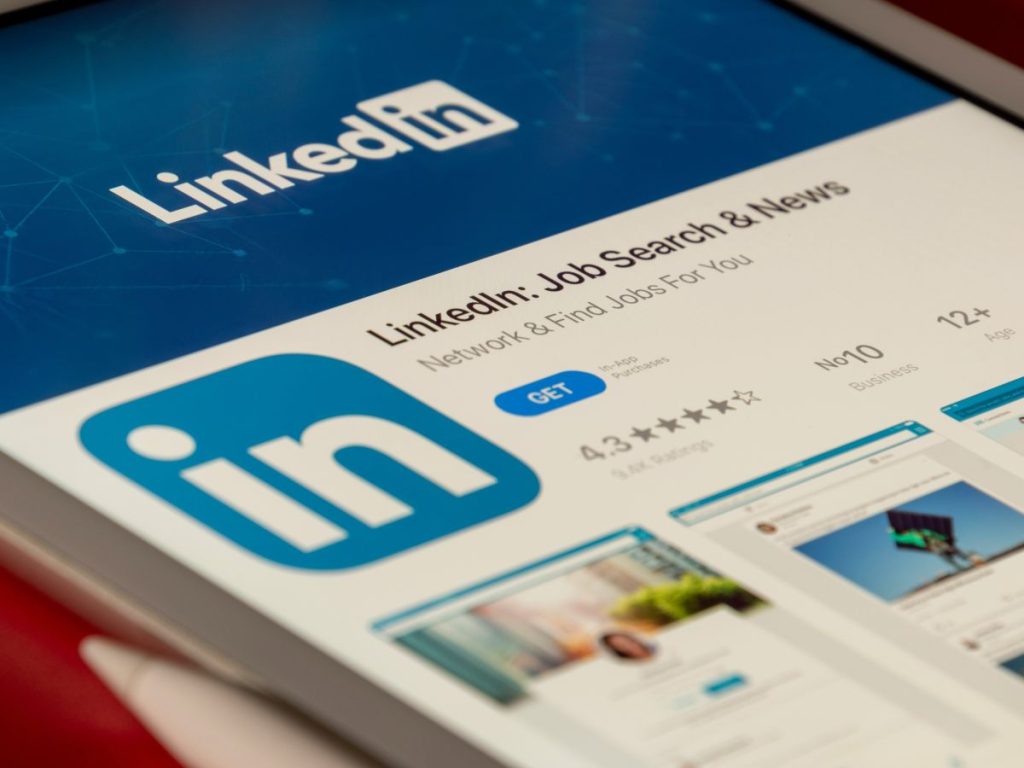
Expansion and Acquisition (2007-2015)
With a solid foundation, LinkedIn continued to innovate and expand globally. Key developments included:
- 2007: Introduction of LinkedIn’s mobile version, allowing users to access their network on the go.
- 2008: International expansion with the launch of localized versions in Spanish and French.
- 2011: LinkedIn went public on the New York Stock Exchange, raising $352 million in its IPO and solidifying its status as a major tech company.
- 2012-2015: Acquisition of companies like SlideShare (a presentation-sharing platform) and Lynda.com (an online learning platform) to enhance user experience.
By 2015, LinkedIn had over 400 million users, and it had become an essential tool for job seekers, recruiters, and businesses looking to hire top talent.
Microsoft’s Acquisition and Growth (2016-Present)
One of the most significant moments in LinkedIn’s history was its acquisition by Microsoft in 2016 for $26.2 billion. The acquisition allowed LinkedIn to leverage Microsoft’s resources, integrate with Office 365, and enhance its artificial intelligence capabilities.
Post-acquisition, LinkedIn introduced several game-changing features:
- LinkedIn Learning: A revamped version of Lynda.com offering professional courses.
- AI-Powered Job Matching: Using machine learning to recommend jobs tailored to users’ skills and experiences.
- Live Streaming: Introduction of LinkedIn Live to foster engagement among professionals.
- Creator Mode: Encouraging professionals to build personal brands by sharing content.
As of 2023, LinkedIn had over 900 million users and continued to dominate the professional networking space.
The Future of LinkedIn
The Rise of AI and Automation
Artificial intelligence and automation will play a crucial role in LinkedIn’s future. We can expect more AI-driven recommendations for job seekers, enhanced recruiter tools, and automated networking features. AI-powered resume and profile enhancements could also help professionals improve their online presence.
Expanding Learning and Skill Development
With the growing demand for online education, LinkedIn Learning will likely expand its course offerings, partnering with top universities and companies to provide industry-recognized certifications. Gamification of learning through badges and interactive challenges may also become more prevalent.
Enhanced B2B and Marketing Capabilities
LinkedIn has already positioned itself as a powerful B2B marketing platform. In the future, more advanced analytics, personalized ads, and AI-driven lead generation tools will make LinkedIn an even more attractive option for businesses.
The Metaverse and Virtual Networking
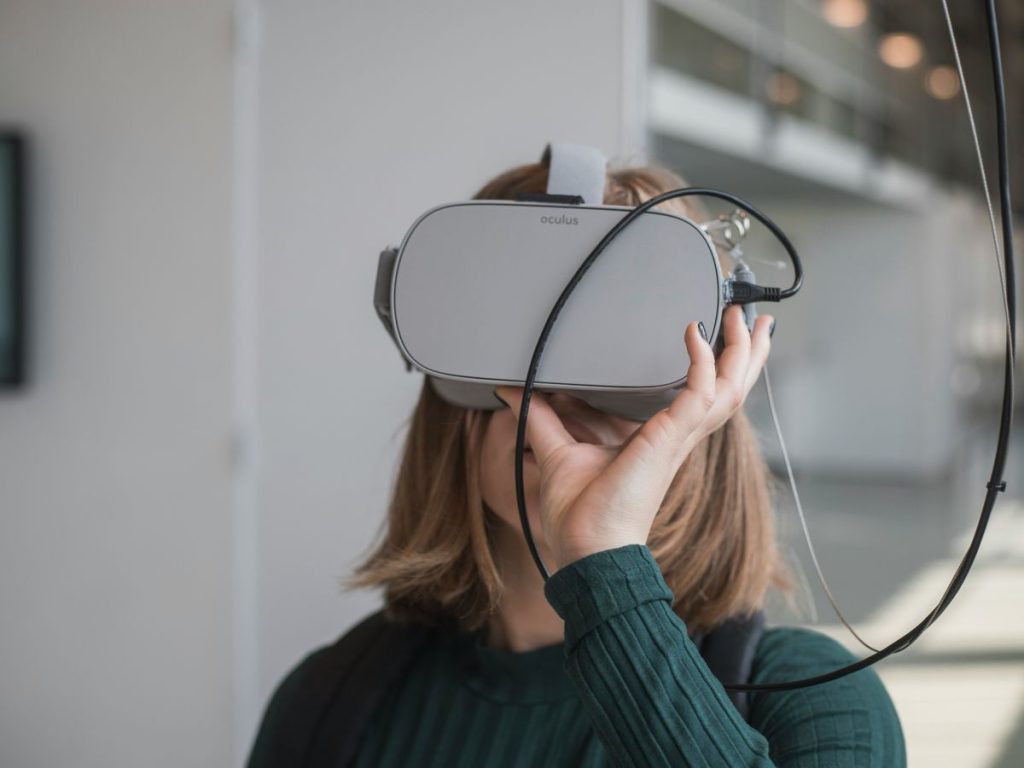
As virtual reality (VR) and augmented reality (AR) technologies evolve, LinkedIn could introduce virtual networking events, 3D business conferences, and immersive job interviews, redefining how professionals connect in a digital-first world.
Stronger Focus on Diversity and Inclusion
LinkedIn has already taken steps toward promoting workplace diversity, but future updates may include AI-driven tools that help companies build more inclusive hiring practices and provide mentorship programs for underrepresented groups.
Conclusion
From its humble beginnings in 2003 to becoming the world’s largest professional networking platform, LinkedIn has come a long way. Its journey has been marked by continuous innovation, strategic acquisitions, and a commitment to connecting professionals worldwide. With the rise of AI, automation, and virtual networking, the future of LinkedIn looks even more promising. As professionals, businesses, and job seekers continue to rely on the platform, LinkedIn is set to remain an indispensable tool in the modern workplace.



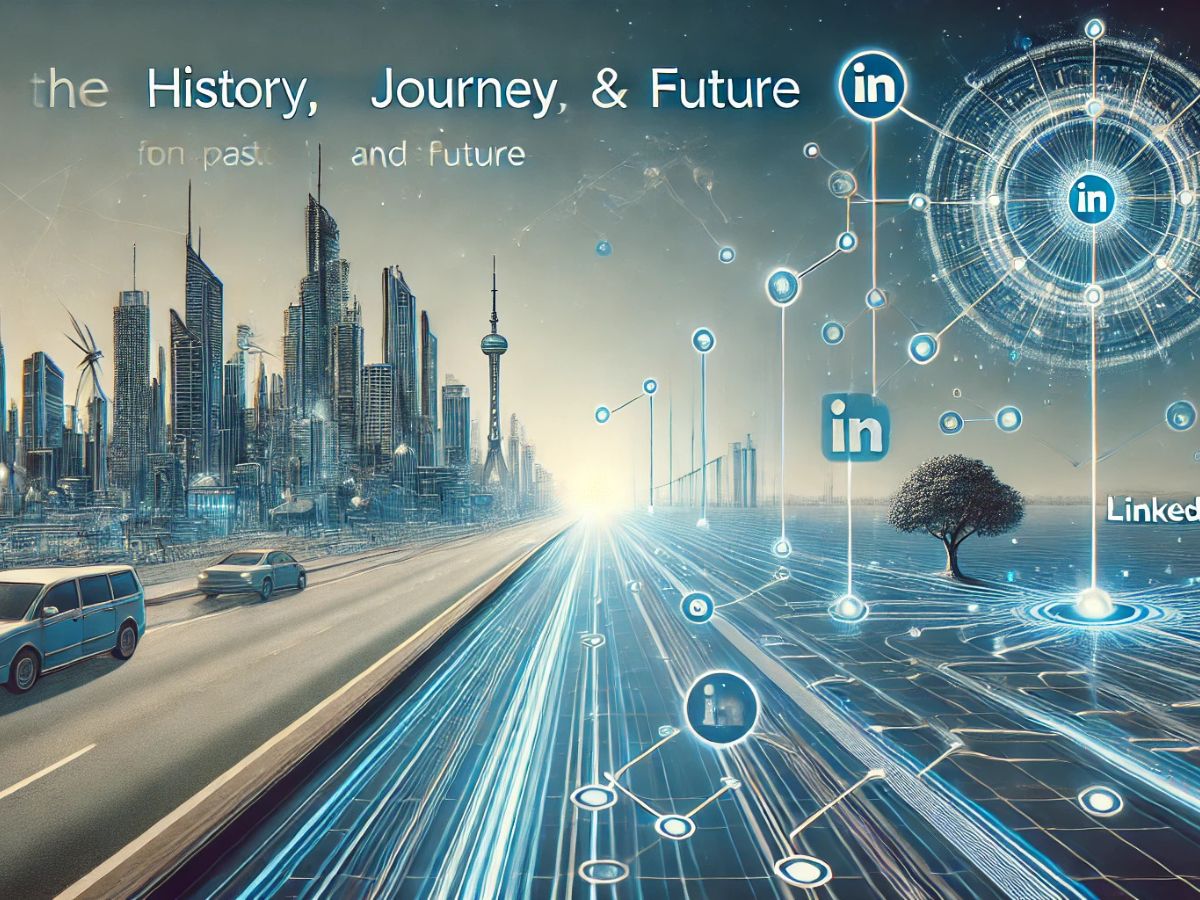


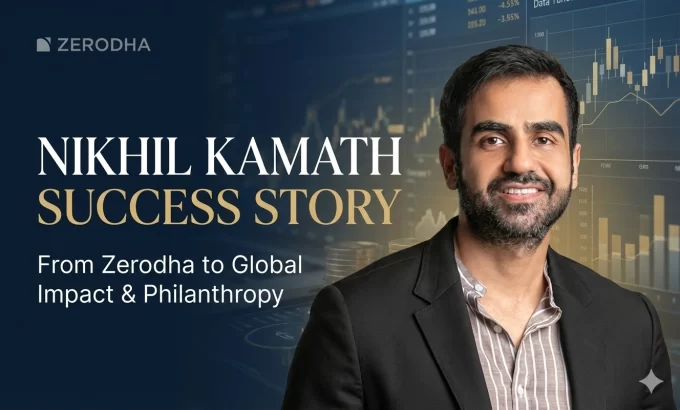

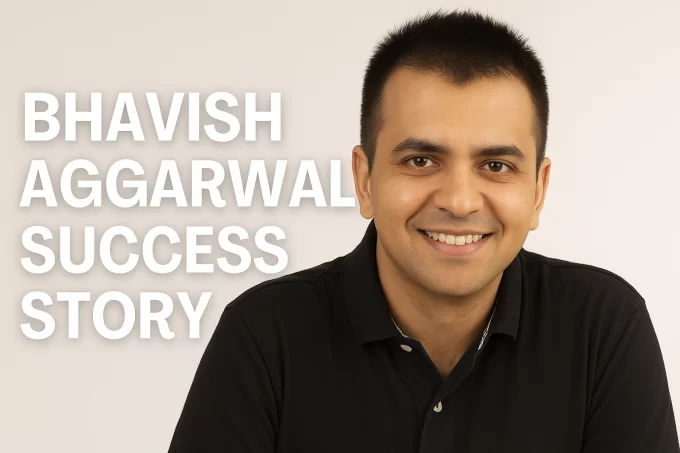
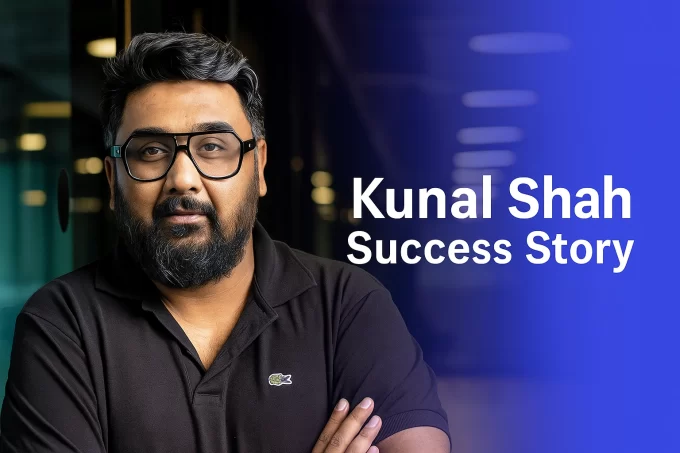
Leave a comment